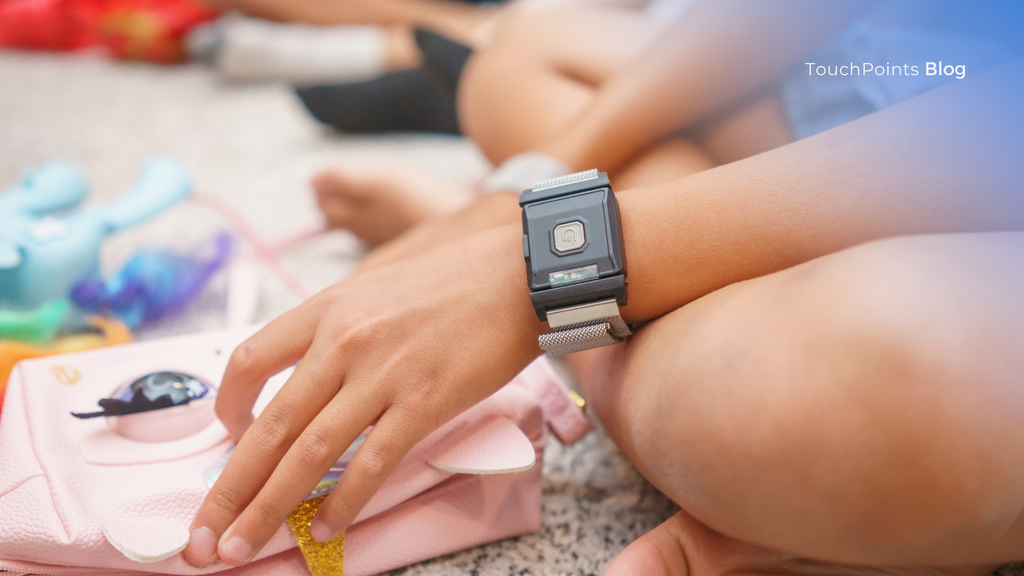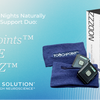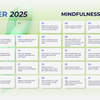TouchPoints and Autism: Promoting Sensory Regulation

Autism Spectrum Disorder (ASD) is a neurodevelopmental condition characterized by differences in social communication and behavior. Individuals with ASD often experience sensory sensitivities that can impact their daily lives. In this blog post, we'll explore the potential of TouchPoints in promoting sensory regulation for individuals with autism.
Understanding Sensory Sensitivities in Autism
Sensory sensitivities are common in individuals with autism, and they can manifest in various ways. Some individuals may be hypersensitive, reacting strongly to stimuli such as lights, sounds, or textures, while others may be hyposensitive, seeking more sensory input to feel regulated.
The Importance of Sensory Regulation
Effective sensory regulation is crucial for individuals with autism as it contributes to their overall well-being. Sensory challenges can affect attention, behavior, and emotional regulation. Addressing sensory needs can enhance an individual's ability to navigate daily activities and environments more comfortably.
Introducing TouchPoints: A Sensory Regulation Tool
TouchPoints use Bilateral Alternating Stimulation Tactile (BLAST) technology to deliver gentle, rhythmic micro-vibrations. This technology has shown promise in promoting relaxation and reducing stress. Let's delve into how TouchPoints may offer support in promoting sensory regulation for individuals with autism.
1. Calming Sensory Overload:
The calming effect of TouchPoints may assist in managing sensory overload. When faced with overwhelming stimuli, individuals can use TouchPoints to create a sense of calm and reduce the impact of sensory challenges.
2. Supporting Focus and Attention:
Sensory sensitivities can sometimes interfere with focus and attention. By promoting a more relaxed state, TouchPoints may contribute to improved concentration and attention for individuals with autism.
3. Enhancing Emotional Regulation:
Emotional regulation can be challenging for individuals with autism. TouchPoints, by targeting stress reduction, may aid in emotional regulation, helping individuals cope with intense emotions more effectively.
Incorporating TouchPoints into Sensory Regulation:
- Individualized Settings: Explore the various settings on TouchPoints to find the rhythmic patterns that align with an individual's sensory preferences. Customize the experience to suit unique needs.
- Pre-Emptive Use: Use TouchPoints proactively before entering potentially challenging sensory environments. This pre-emptive approach may help individuals better navigate and adapt to their surroundings.
- Collaboration with Therapists: Work collaboratively with occupational therapists and healthcare professionals to integrate TouchPoints into existing sensory regulation strategies. A coordinated approach ensures comprehensive support.
Conclusion
Navigating the sensory landscape for individuals with autism involves embracing innovative solutions. While not a substitute for comprehensive sensory support, TouchPoints may offer a valuable addition to strategies aimed at promoting sensory regulation. As we continue to explore the intersection of technology and well-being, TouchPoints stand out as a potential tool for enhancing sensory harmony in the lives of individuals with autism.
Are you curious to learn more about the role of TouchPoints in promoting sensory regulation? Delve deeper into the world of technology-driven solutions for sensory challenges and discover how TouchPoints could contribute to a more comfortable and regulated daily experience for individuals with autism.




